NEWS
イランカラプテ!(アイヌ語で「こんにちは」の意味)。スタッフむつみです。
今回はuntapped hostel毎年恒例の研修旅行の模様をレポート。平取町の「ゲストハウス二風谷yanto」が今年の目的地です。
アイヌ民族が多く暮らすことで有名な二風谷。
割と出会ったばかりの仲間と出来上がったばかりの二風谷ゲストハウス、そして受け継がれてきた先住民族アイヌの文化。
そんな「古いもの」と「新しいもの」が交錯し続けた今回の旅で見えてきたのは、太古の昔から淡々と続けられてきた自然とともに暮らすアイヌ民族の姿でした。
少し前の記憶を辿りつつ、見てきたものとなんとなく感じたことと旅のお役立ち情報(?)をシェアしていきます。
Irankarapte!(It means “Hello” in Ainu). All of us from Untapped hostel visited Nibutani Area , Biratori-cho as a field trip for this year. We learned about the Ainu culture and would like to share some knowledge with you about the Ainu. Our final destination was “Guesthouse Nibutani Yanto” more about the Ainu.Our final destination was “Guesthouse Nibutani Yanto”. Nibutani is famous as the town where lots of Ainu people live.We learned that the Ainu have been living in tune with mother nature for a long time.
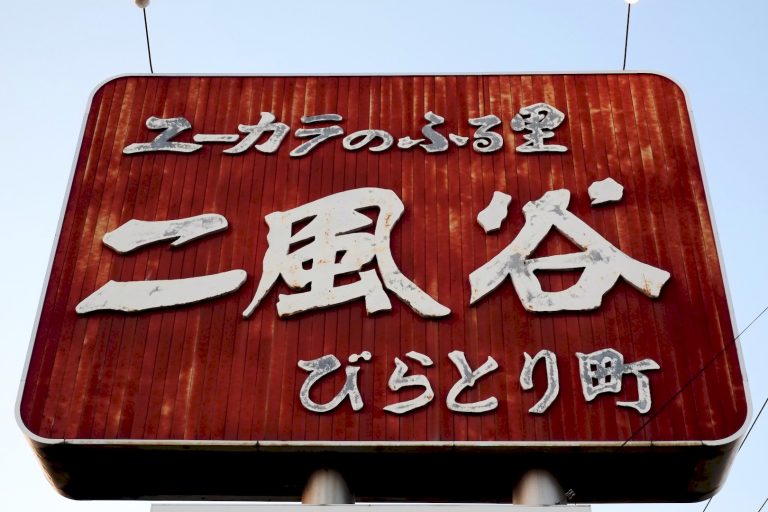
<平取町二風谷へはuntapped hostelから車で約1時間半>
旅の目的地二風谷へはだいたいこんなルートを通ります。
This is the route to Nibutani. It takes about 1.5 hours.
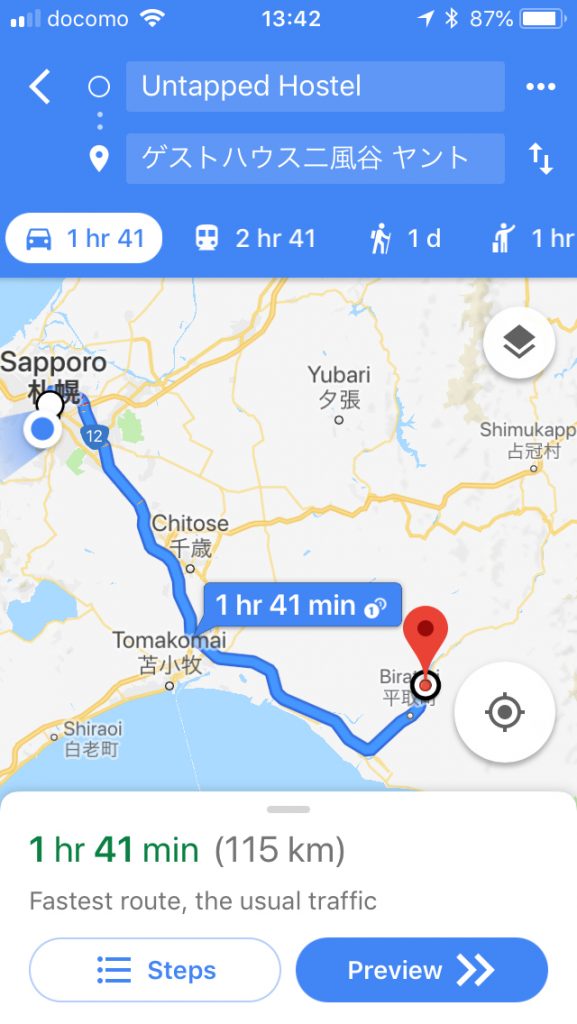
今回もカーシェアを使い2台で出発。ドライバーの一人は以前もこちらの旅で登場したヤスくん。
We used our car sharing service and took two cars.
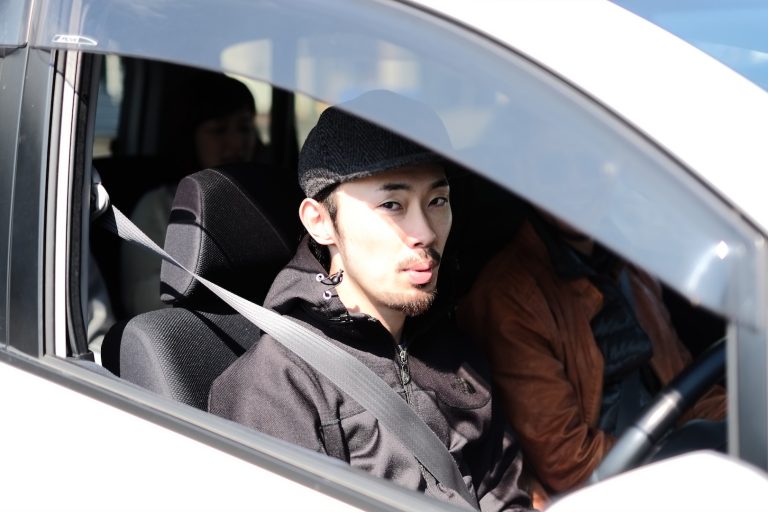
前回の旅のトラウマからか遠い目をしたヤスくん
yantoへのお土産と夜の宴用の日本酒を買うため出発してすぐに立ち寄ったのは銘酒の裕多加。
untapped hostelからは車で10分、徒歩で30分ほど。店内には所狭しと日本酒が並びます。
気になるお酒があったら是非試飲を。英語を話せる店員さんもいるので、海外の方にもオススメのお店です!
We dropped in at a liquor shop called ‘Meishu No Yutaka’ to buy sake as a souvenir for the owner of Guesthouse Nibutani Yanto. It is 10 min.s away from the hostel by car, or 30 min.s on foot. The shop is full of sake and other rare liquor. The staff speak English so it’s easy to get help finding something good even if you don’t speak Japanese.
今回の旅には台湾ヘルパーのづっちゃん、たまたまタイから遊びに来ていたリピーターのクックも同行。
Our Taiwanese part-time worker “Zu-chan”, and a guy who is a regular customer at Untapped Hostel came with us on this trip. If you are a regular and super lucky, you might get a chance to join our next trip!
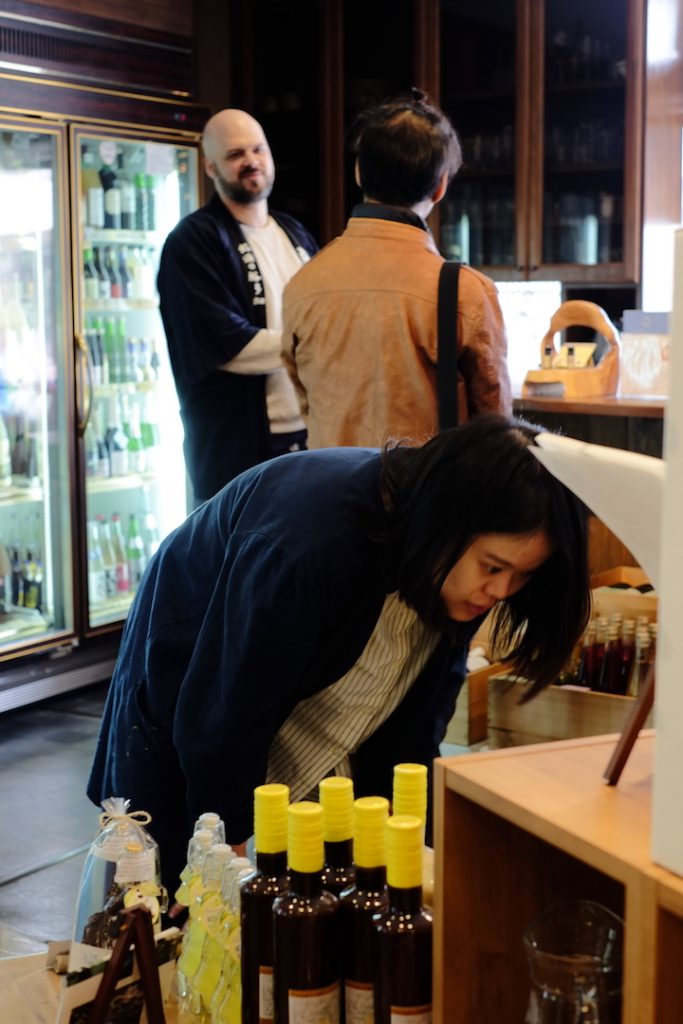
店員さんは英語OK。
さて、お酒を買った後は高速に乗り、ランチをするため苫小牧へ。
こちらマルトマ食堂は朝の5時からやってます。きっと漁師さんとか行くのかな。
高速苫小牧東ICを降りてから走ること約10分。
After tasting and buying sake, we headed to Tomakomai City for lunch. This restaurant “Marutoma Syokudo” is famous for clam curry and opens at 5 in the morning! This restaurant is fishermen friendly! It is about ten mins from the Tomakomai Higashi expressway inter-change.
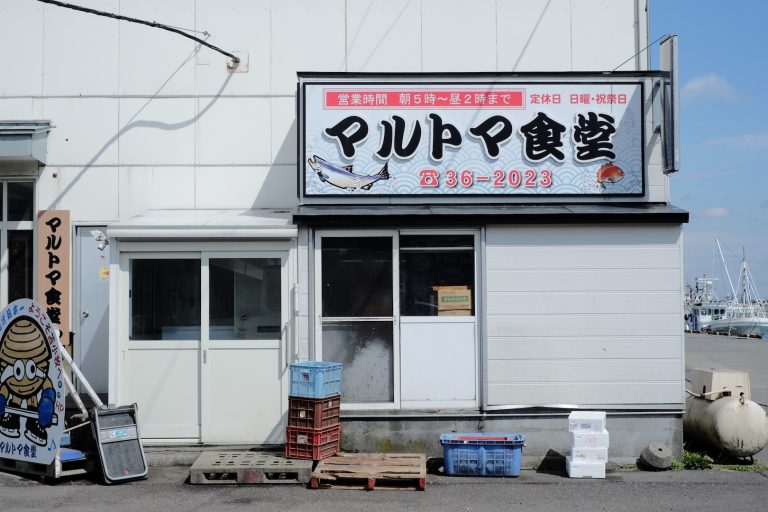
ホッキカレーで有名な店「マルトマ食堂」
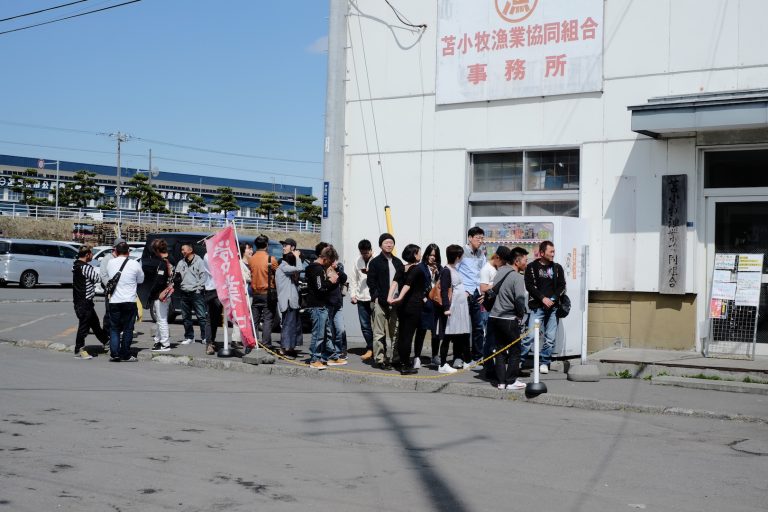
Long queue.We waited for 20mins…
漁業協同組合事務所の一角にたつその食堂には行列が・・・。
20分ほど待ちました。店内はこんな感じ。ふつーの食堂。
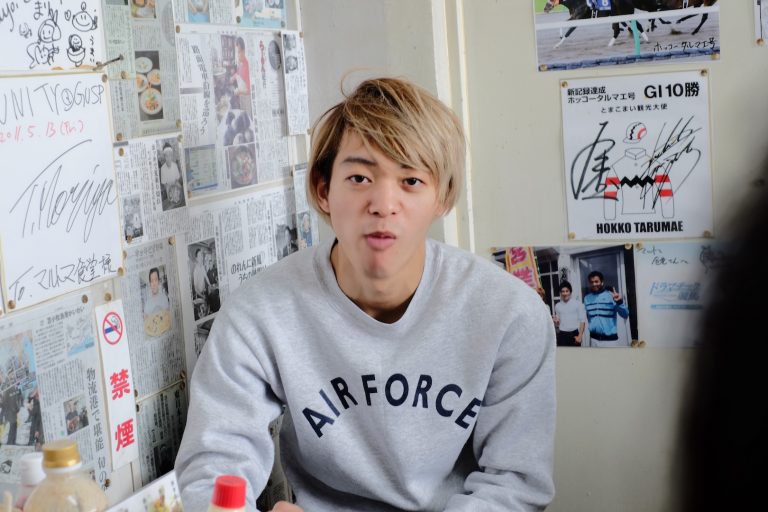
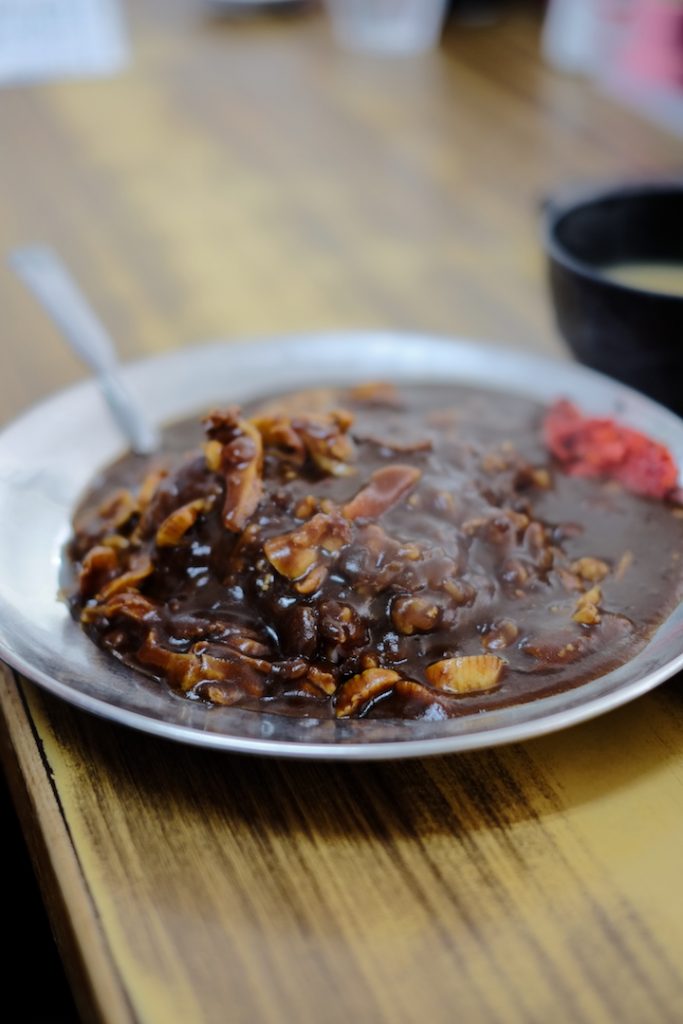
ホッキが大量に入ったカレー
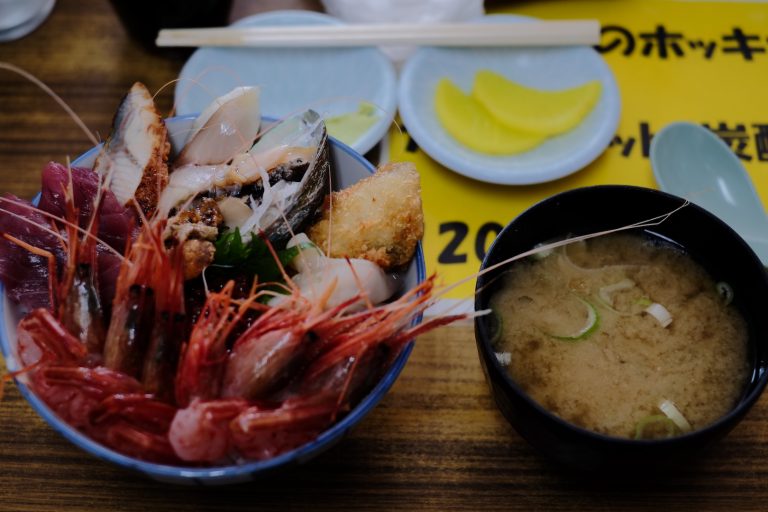
マルトマ丼、これで1300円!
Fresh sea food rice ball ¥1300
お腹も満たされたところで、今度こそ二風谷へ向けて出発です!
Stomachs full! Then we finally set off for Nibutani!
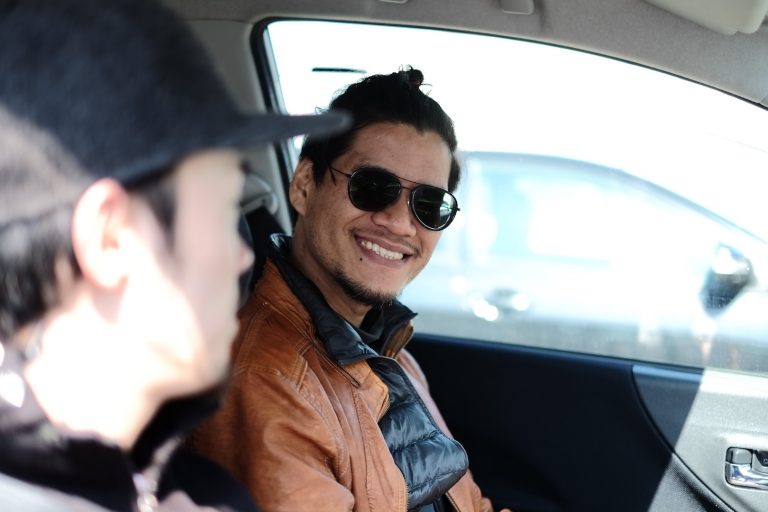
微笑みの国仕込みのいい笑顔。クックです。
<夕暮れ時の二風谷散策でアイヌの暮らしに思いを馳せる>
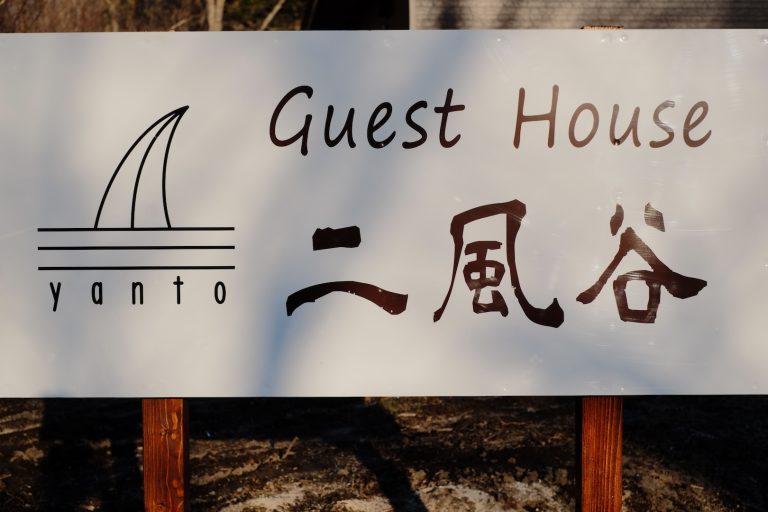
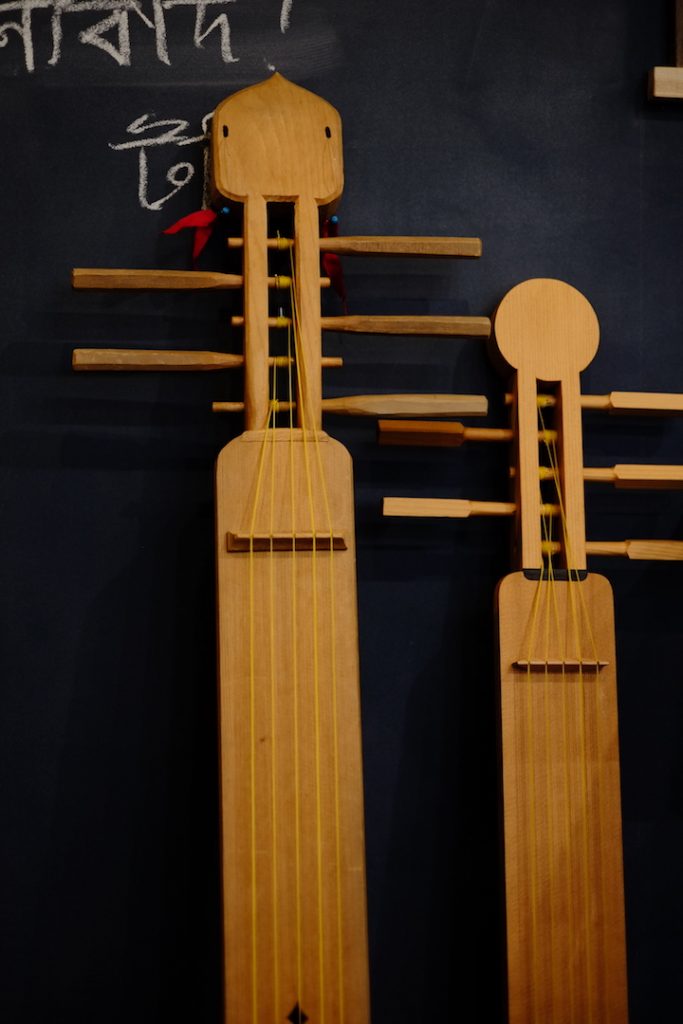
アイヌの伝統的な楽器が置かれた室内
ついに到着!ゲストハウス二風谷yanto。時はすでに夕暮れが始まる頃。
yantoのオーナー萱野公裕さんの案内で宿の周辺を散策することになりました。
ちなみにヤントとはアイヌ語で「宿」の意味だそうです。
ヤントの周りには昔実際に使われていたというお米の脱穀機やアイヌの伝統家屋「チセ」が並びます。
We finally arrived at Guesthouse Yanto! Yanto means ‘an accommodation’ in Ainu. The sun had already started setting. The owner of the guesthouse took us for a look around the area. There is a traditional Ainu house “Cise” around the hostel .
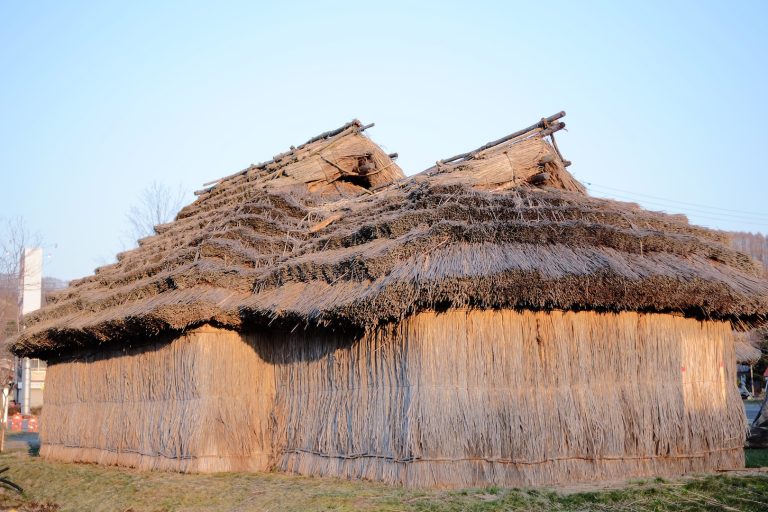
アイヌの伝統家屋チセ
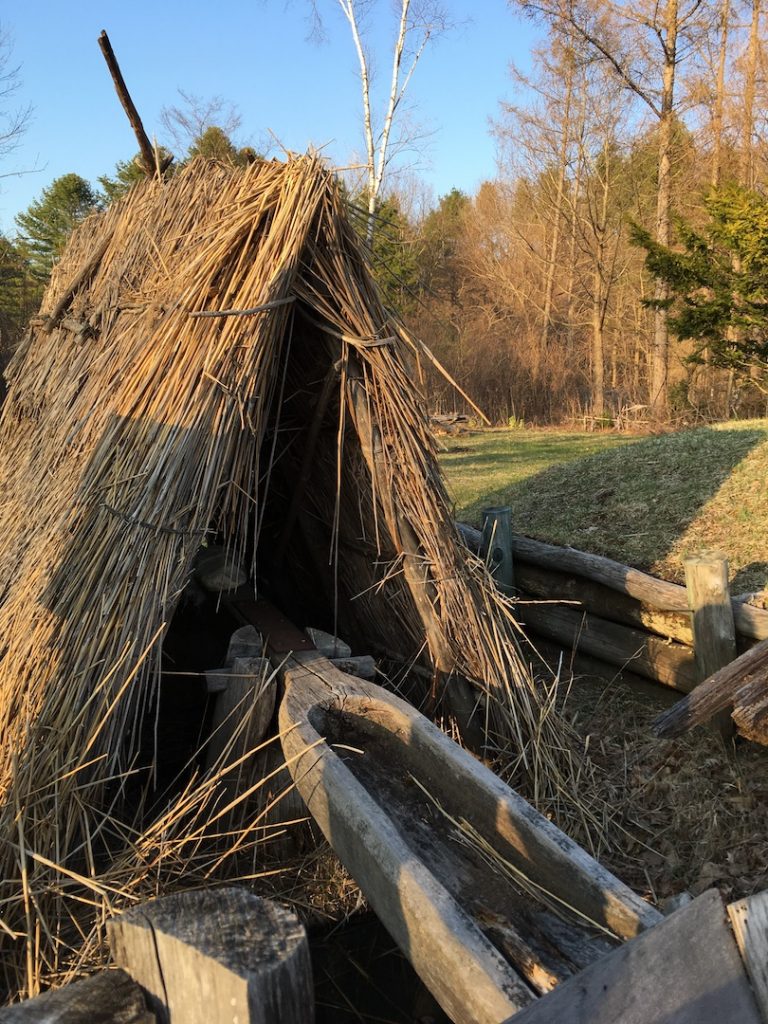
水力を使った脱穀機
Water powered thresher
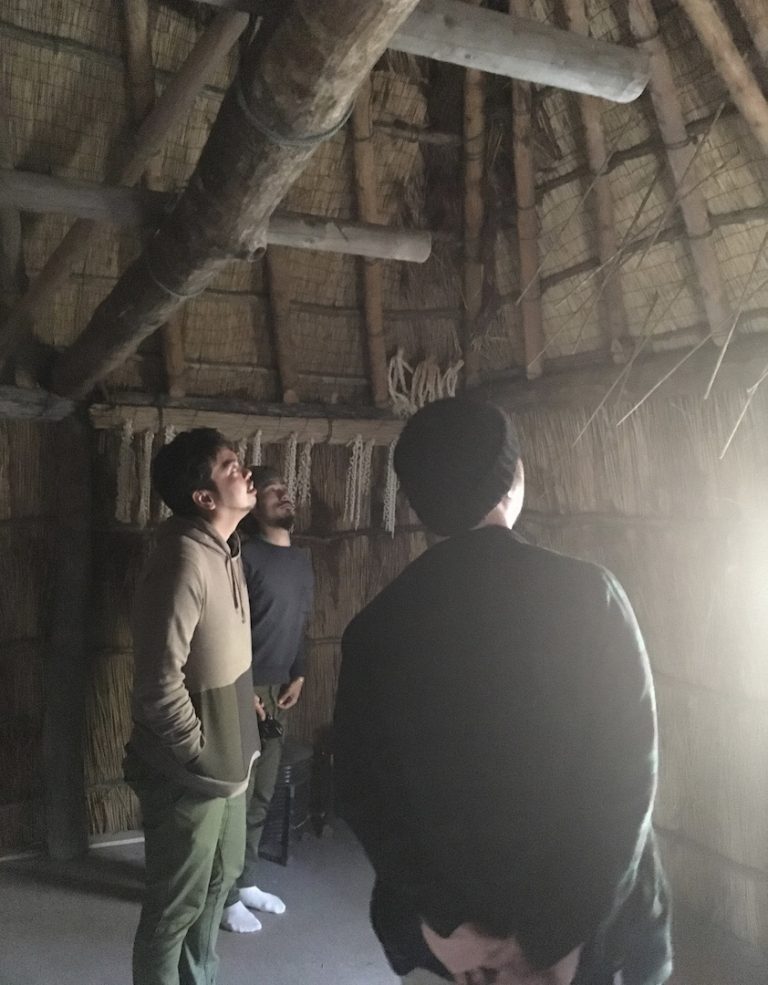
昭和20年頃まで使われていたチセ内部Inside of cise.It was lived in until around 1945.
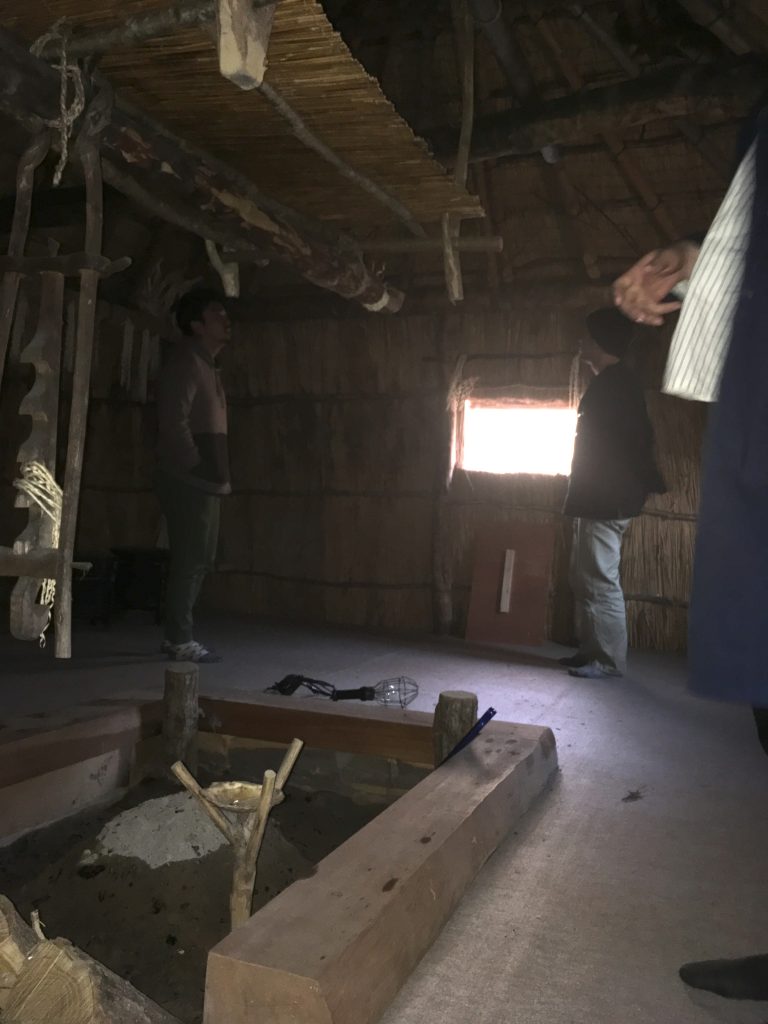
チセの中心には囲炉裏があり、その1.5m程上には火の粉が屋根に燃え移らないようにするための板がありました。
これで防火にもなり、部屋に暖かい空気を広げるという効果もあったそうです。
The fire place is in the center of the house. A plate to prevent fire is about 1.5m above, it’s not only fire prevention but also makes the room warm.
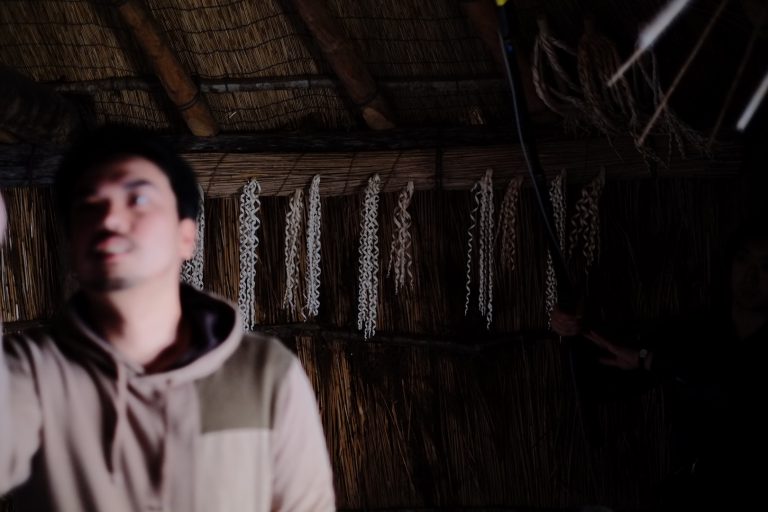
そして中では声がすごく良く響きます。特に男性の低い声が静かに響く。なんだか厳かな空気がそこにはありました。ここでその昔行われていたであろう歌やユカラ(英雄叙事詩)に思いを馳せたりして。
This room amplified talking voices, especially mens’ low toned voices. It was a mystical atmosphere. I could imagine singing and yukar(the Ainu oral story-telling) as they used to do.
ヤント周辺を見た後は、二風谷ダム湖へ。
After taking a look around Yanto, we headed to see the Nibutani dam lake.
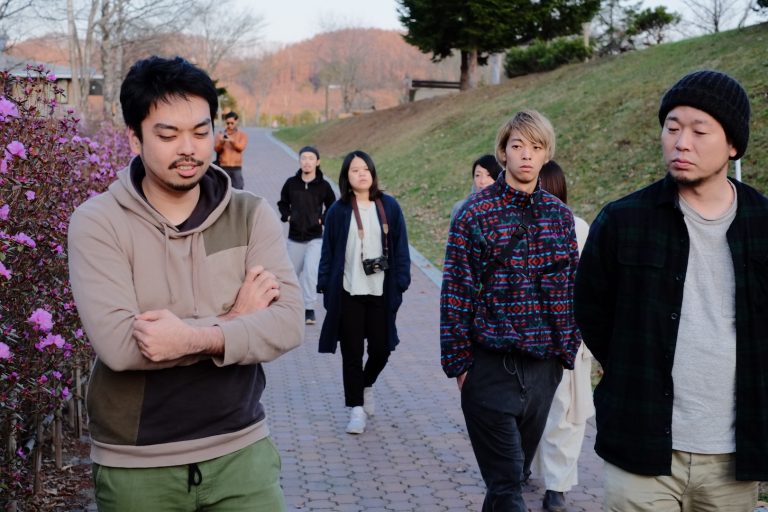
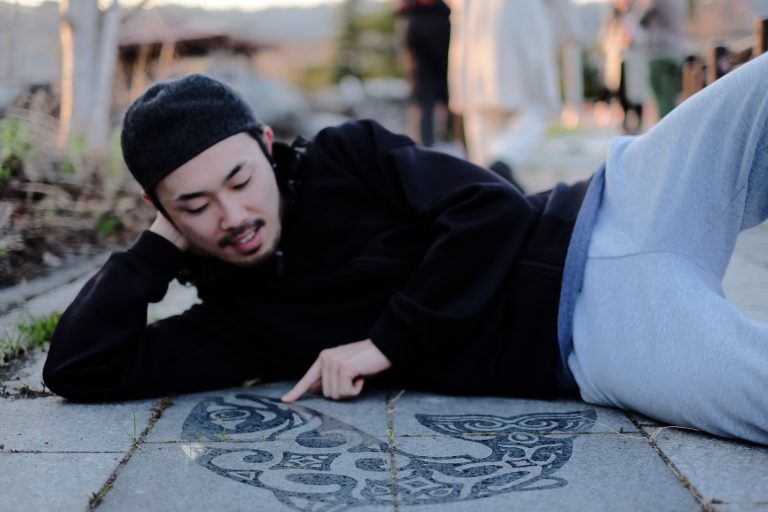
途中で。アイヌ模様のシャケを愛でる人This is on the way to the dam. He is crazy about this design.
1997年に建設された二風谷ダム。そこには茶色く濁った沙流川の姿がありました。萱野さんによるとダムが出来てから綺麗だった沙流川には泥がたまり、その色が青くなることはないそうです。
ちなみにUntapped hostel本館の壁画は、イギリス人の作家イザベラ・バードが彼女の著書「日本奥地紀行」で沙流川を下った時の様子を描いたものです。彼女が見た美しかったであろう沙流川はどんなだったんだろう?
The dam was built in 1997. Guesthouse Yanto’s owner Mr. Kayano said he has never seen the Saru river running clear since the dam was built. By the way, a painting on one of our walls at Untapped Hostel is of an English woman, Isabella Bird, cruising on the Saru river a long time ago. It’s an image from her book, Unbeaten Tracks In Japan. I wonder how the river was when she saw it.
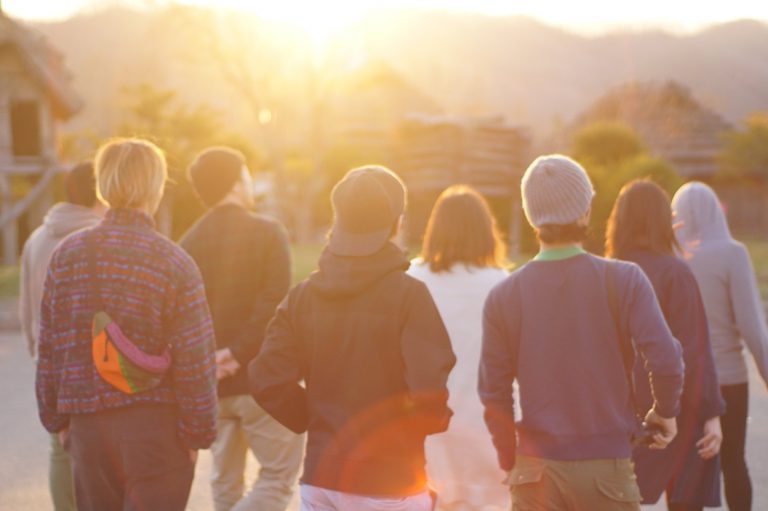
宿への帰り、クックの撮った最高にいい1枚!
<全然期待してなかった平取温泉ユカラが意外とよかった>
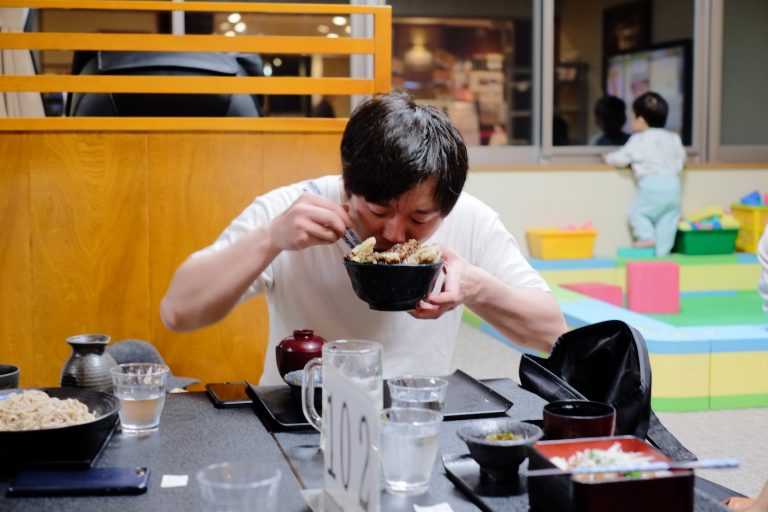
ヤントへ戻った我ら。行き当たりばったりの僕たち私たちに萱野さんから朗報がもたらされます!
なんと近くに温泉があると。
夕暮れ時の散策で冷えた体を温めるにはもってこいの温泉。
ついでに晩御飯も食べちゃおうぜ、ってことで。
どうせ田舎の寂れた町営温泉だろうと、たかをくくっておりました。
がしかし!
お風呂もご飯もかなりよかった。雰囲気的には公営の温泉で地元の人が集まる感じですが、清潔で広々としていて地元の野菜が売られていたり、レストランでは平取牛も食べられます。なんとピザ釜もありました〜!
平取温泉ユカラ侮れません。
When we got back to the hostel, Mr. Kayano told us there was a hot spring “Biratori Onsen Yukar” nearby. We decided to go there to get warm. I didn’t expect much but it was way better than I expected. The hot spring is spacious and clean, and the restaurant serves beef dishes using locally raised beef.
<アイヌのことを教えてもらう>
ヤントへ戻り、夜はもちろん宴会です。数日前から泊まっているという一人旅中の青年と、当日ヤントの取材に来ていたNHKのレポーターさんも巻き込んでの宴です。
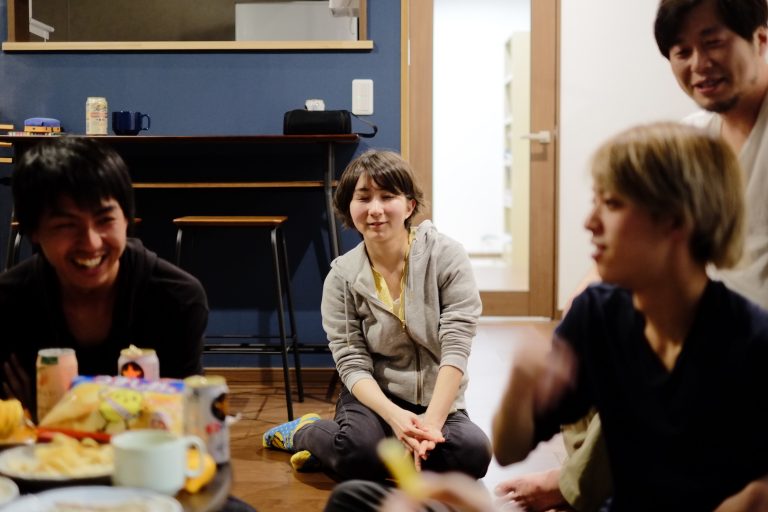
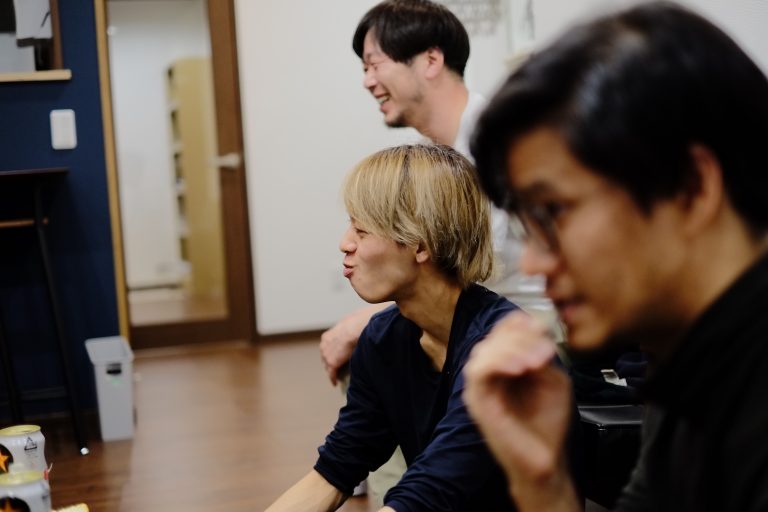
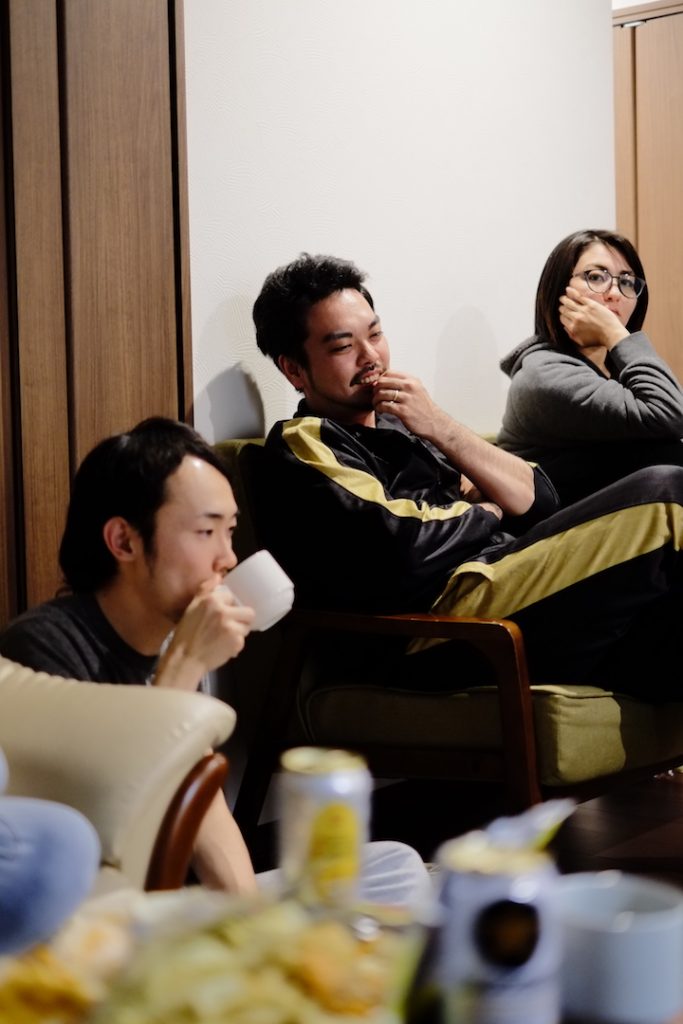
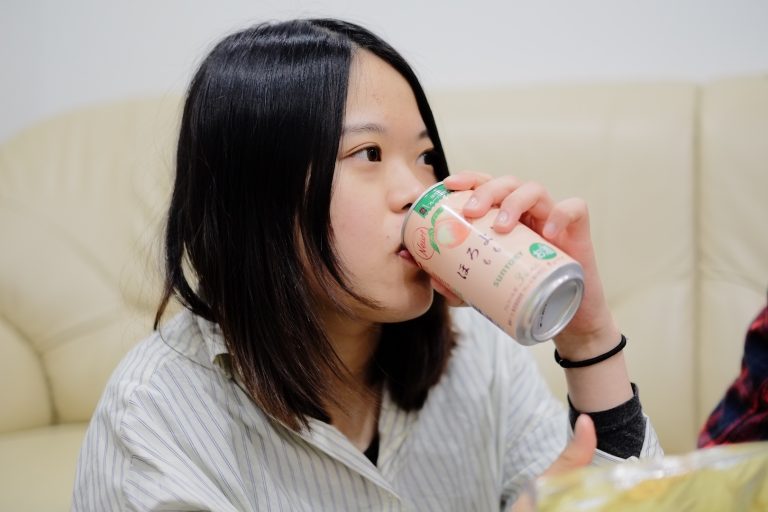
萱野さんご夫妻も来てくれて、アイヌ民族の文化や考え方についてお話を伺うことができました。
例えば、熊はたくさんの肉と毛皮を背負って降りて来てくれる神様だし、日々使う道具も人間にはできない働きをしてくれる神様として大切にしていたこと。
アイヌ民族は「所有権」という概念を持っていなかったこと。
狩猟採集と農耕で、必要なものを必要な分だけ自然からいただき暮らしていたこと。
アイヌ語で神様のことは「カムイ」と言い、人間とカムイは対等だったこと。時にはカムイを叱ることもあるとか。
戦いを好まず、問題が起きたら「チャランケ」という話し合いの場で解決すること。
もっともっといろんなお話を聞いたのですが、時間が経って記憶が曖昧になっているのでこのくらいで・・・。
ぜひ萱野さんのかやきみブログを見てみてください!
We returned to the hostel and then the party started! There was also a young guy traveling solo, and a woman who was reporting the hostel.
Mr. and Mrs. Kayano joined us and we had an opportunity to learn about the Ainu culture and their inner spirit from them.
You can learn about the Ainu on this page.
翌日は萱野さんご夫妻のガイドによる山歩きからスタート。
The next day Mr. and Mrs. Kayano guided us around nearby fields. They taught us the Ainu names of familiar plants and old traditions. You should definitely ask them for a guided tour when you go to Nibutani!
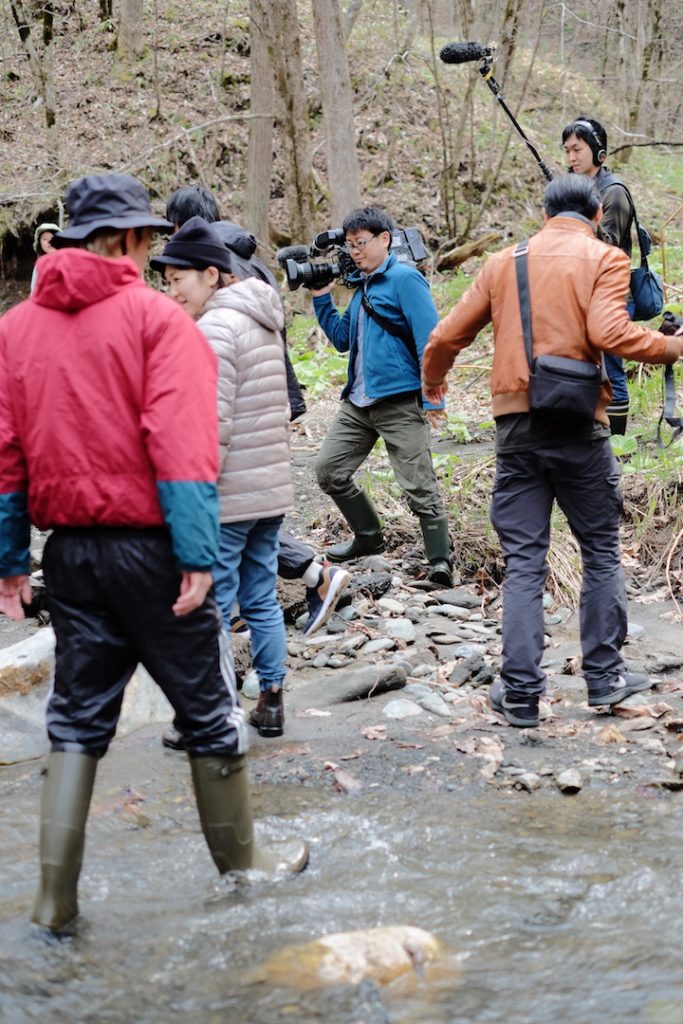
NHKさんもご一緒with TV crew.
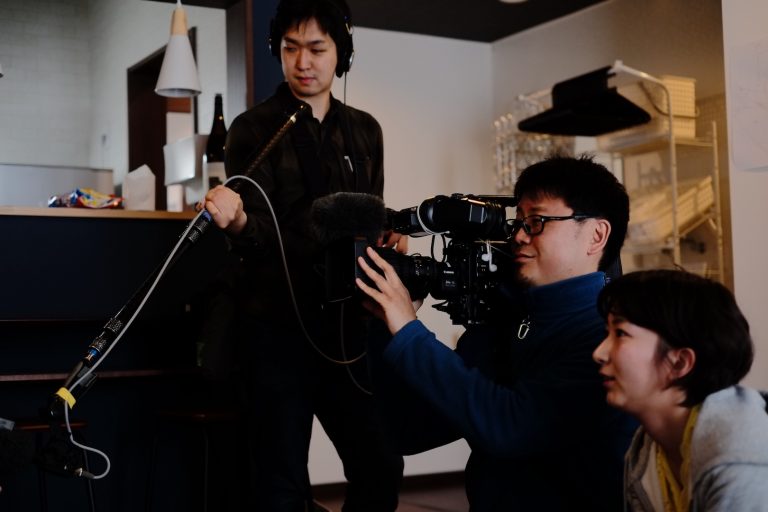
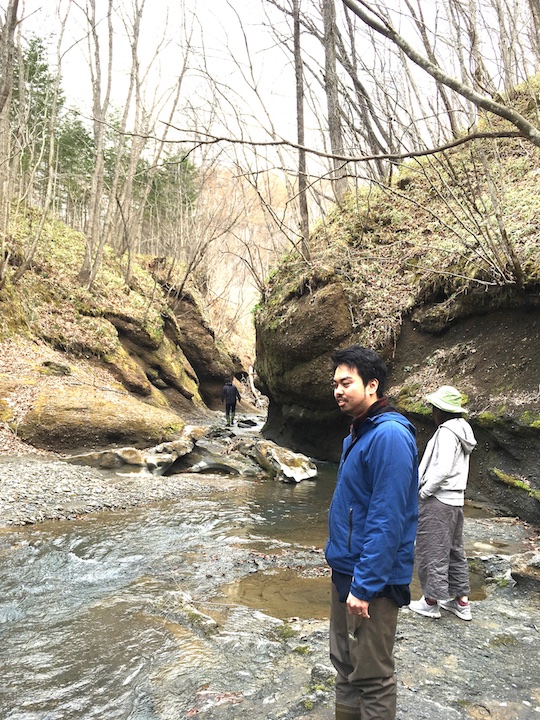
萱野さんたちも子供の頃ここでよく遊んだそうです。
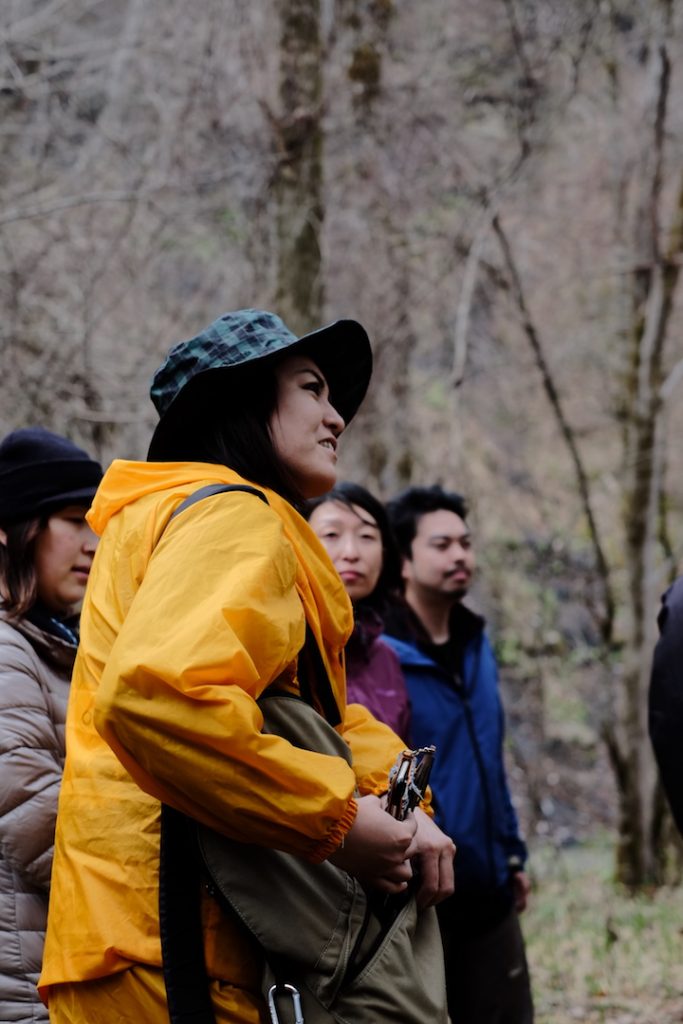
二風谷の博物館で学芸員をしていたというりえさんもガイドをしてくれました。見たことのある植物もアイヌ語での呼び名や言い伝えと合わせて教えてくれるので、学校の理科の授業よりも数百万倍面白かったです。
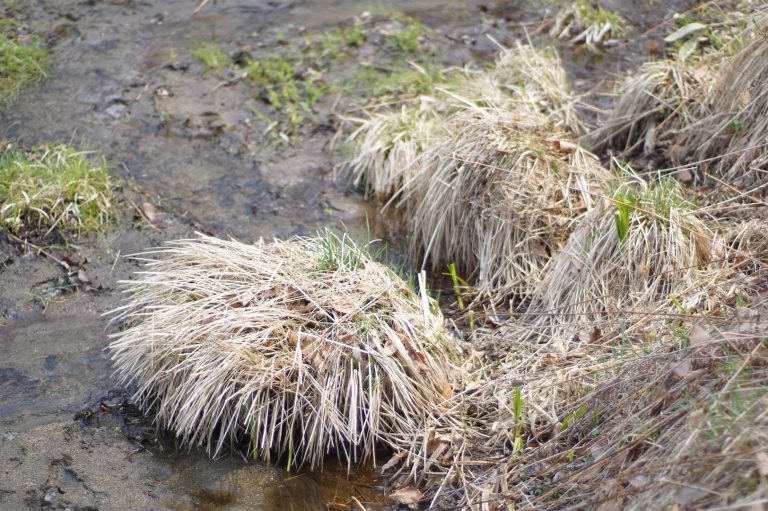
これはアイヌ語で「タクッペ」と言うそうです。ジメジメとした場所に育つ植物。ぴょんぴょん跳んで歩く妖怪なんだとか。日本語ではヤチボウズ。
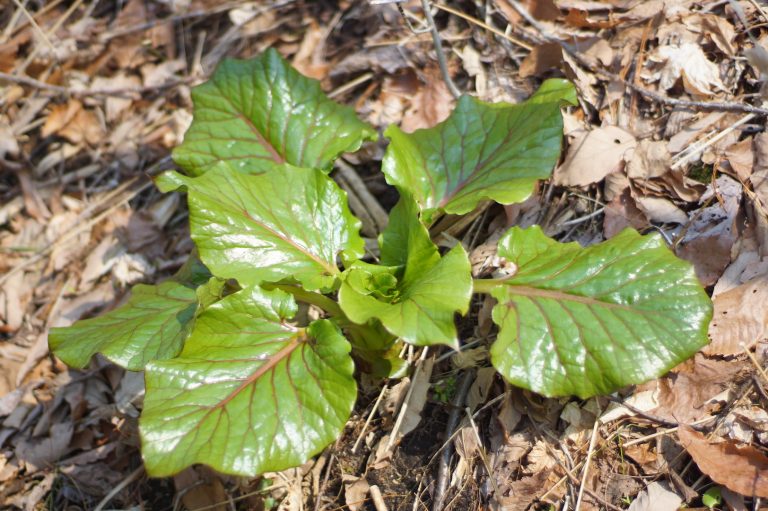
「トゥレプ」(日本語:オオウバユリ)。根からはデンプンがとれます。
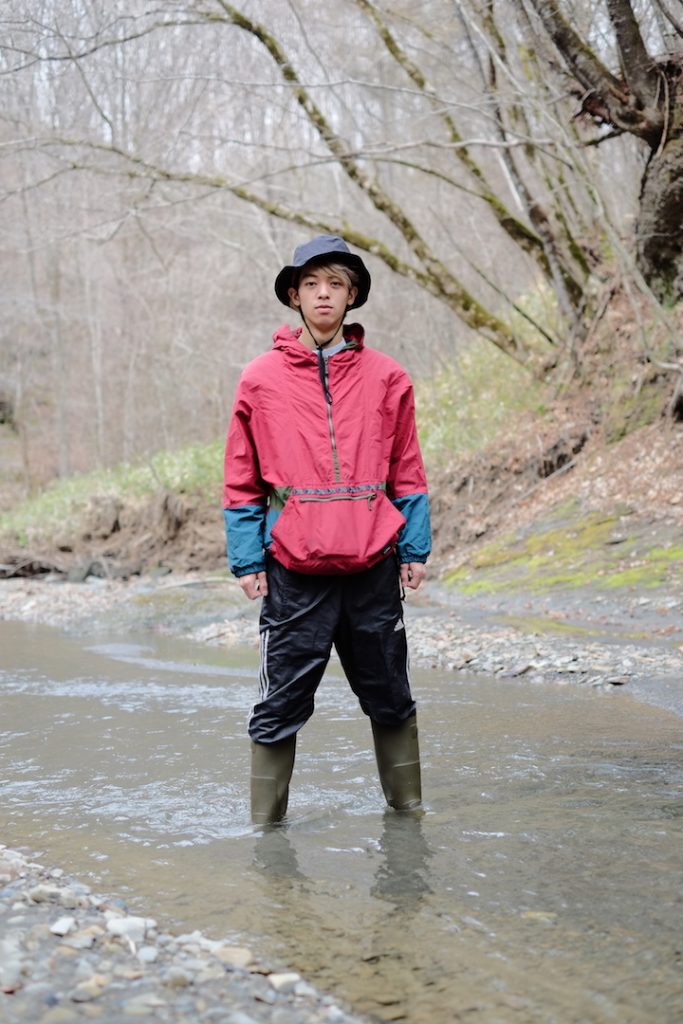
「リンノスケ」。4月からuntappedに生息中。演じるヒト科生物。
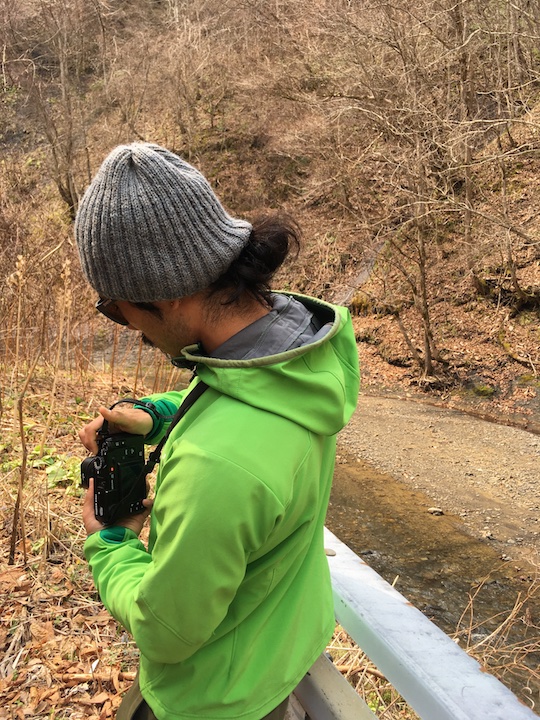
「クマ」。3月頃からuntapped に出没中。好物は自転車。
最高に気持ちいい山・川歩き。水が綺麗で空気も澄んでいて二風谷の野山は一日中いたい場所でした。
続いては資料館・博物館巡りへ。
まずは萱野さんのお祖父さんによってたてられた「萱野茂二風谷アイヌ資料館」へ。
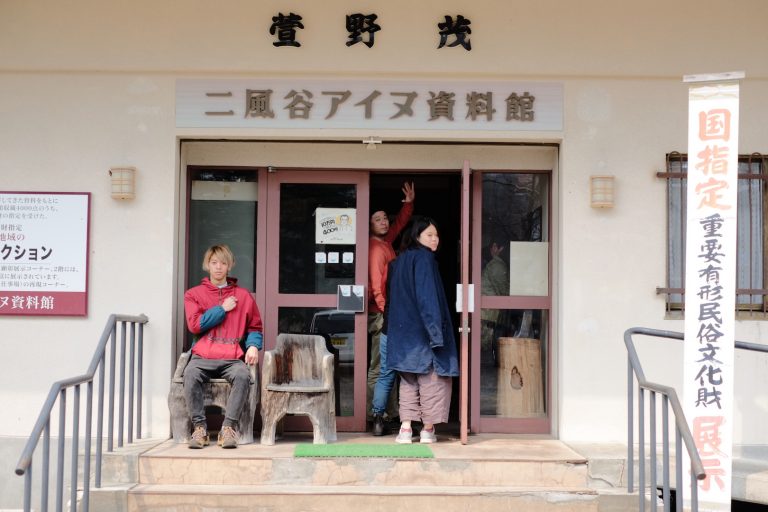
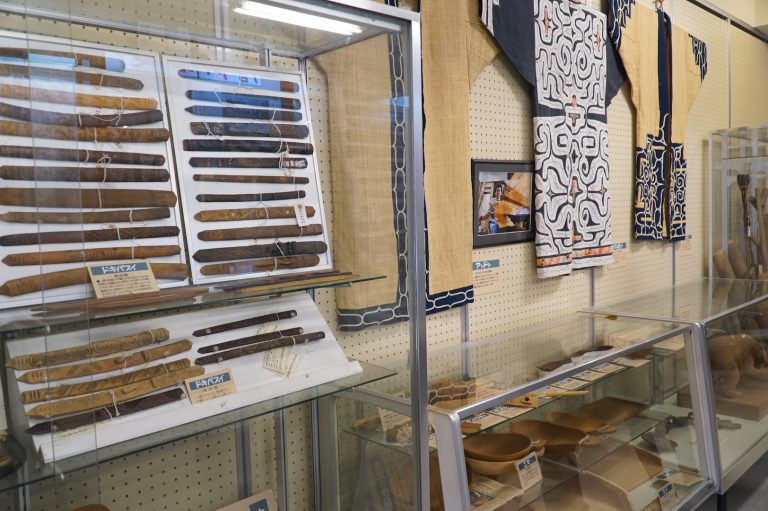
実際に使われていた道具など多数
ここも本当に興味深かった。鮭の皮で作られている着物のように珍しいものもあるのですが、道具に施された彫刻がものすごく精巧で美しかったり、それぞれの地域によって異なる手の込んだ模様の着物があったり。アイヌの人びとは自然とともに暮らすだけじゃなく、文化的にもとても豊かな暮らしをしていたんだなーということがわかる資料が本当にたくさんありました。二風谷を訪れたらぜひ行ってもらいたい場所の一つです。
This place “Kayano Shigeru Nibutani Ainu Museum” was really interesting. There are a lot of unique items like a Kimono made of salmon skin. But not only rare things are on display. They also show that the Ainu has cultural richness. You can see elaborate and fancy carving tools and how each community had their original Kimono patterns. I really want everyone visiting Nibutani to go to this museum.
「二風谷アイヌ文化博物館」にも行きました。
This pic was taken in Nibutani Ainu cultural museum.
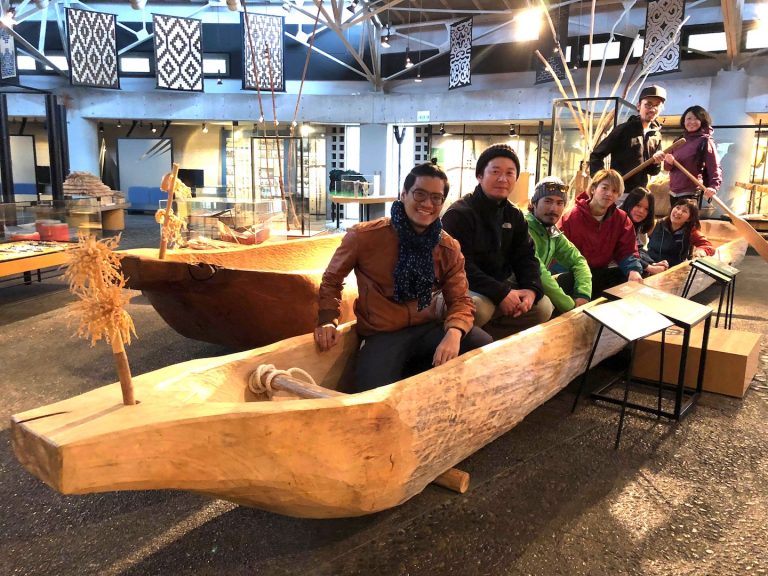
安定感のある大きな船
二風谷ダムも見てきました。
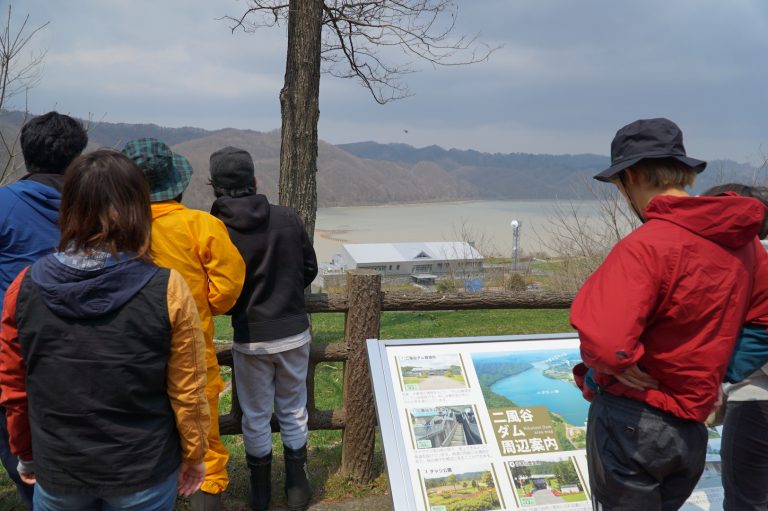
濁ってる・・・
「北の工房 つとむ」で貝澤徹さんの職人技を目の当たりにし、
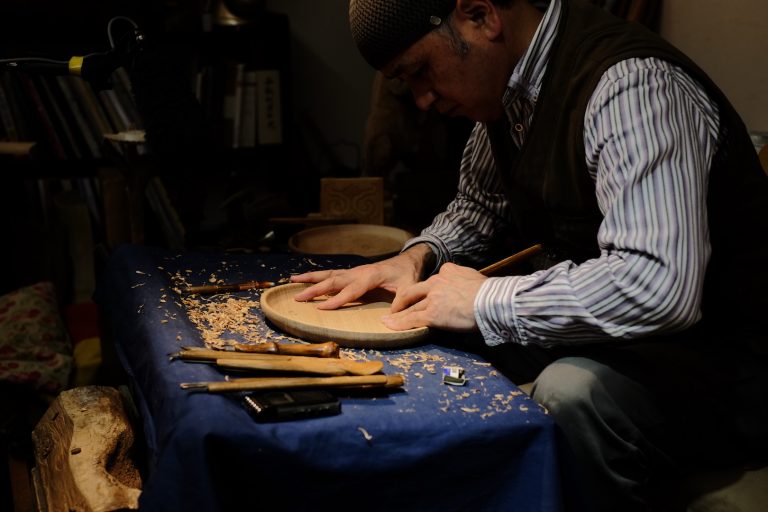
盛りだくさんの2日目でした!
ちなみに貝澤徹さんの作品が今年10月から英国の大英博物館に展示されるそうです。
その作品は、アイヌ民族の守り神でもあるフクロウが卵から孵る瞬間を彫刻したもの。見れてラッキー。
The man in the above picture is Mr. Toru Kaizawa. One of his works will be exhibited in London’s British Museum from this October.
<今回の旅を振り返って>
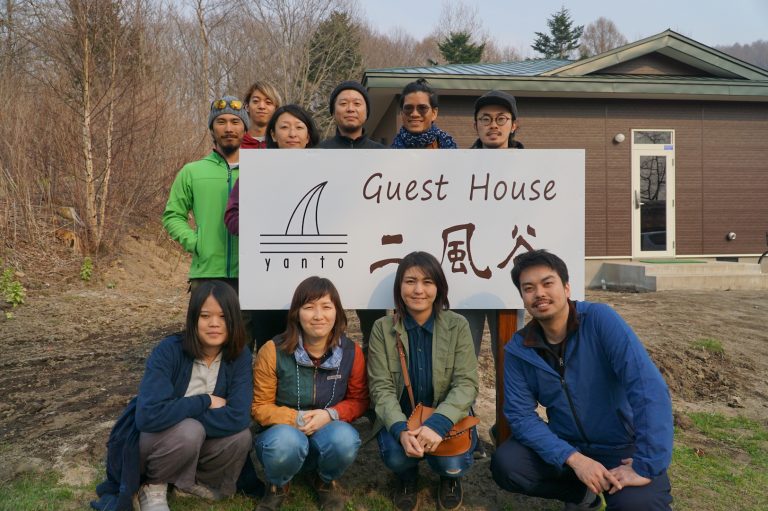
アイヌ民族の存在はこれまでも知っていましたが、どんな暮らしをしていたのか知る機会はほとんどありませんでした。でも今回アイヌの人たちが暮らす二風谷に行き、アイヌ民族がどんな暮らしをしていたのかを知り、現代人が最近になって良しとし始めた考え方・暮らし方、「持たない暮らし」や「持続可能な暮らし」をとっくの昔から実践している人たちがいたということを目の当たりにしました。自然に対する畏敬の念と彼らの生活を取り巻く物たちに対する圧倒的な感謝。それらは生活様式が変わっても現代のアイヌに受け継がれているということを、ここ二風谷で感じました。資本主義一辺倒から大きく変わり始めた現代社会において、彼らアイヌ民族の生き方・暮らし方は私たちに多くのヒントを与えてくれるのではないかと思います。もっとアイヌのことを知りたいし、他の人にも知ってもらいたい、今ではそんな風に感じています。
そしてそんなふうに思えたのは、ゲストハウス二風谷yantoのオーナー萱野さんご夫妻のガイドあってこそ。
そして背景も考えも全然違うけど、違いを面白がりあえる個性的なuntappedの仲間たちと同じ時間を共有できたから。
そしてそして、今回の企画をもたらしてくれたオーナー神さん。
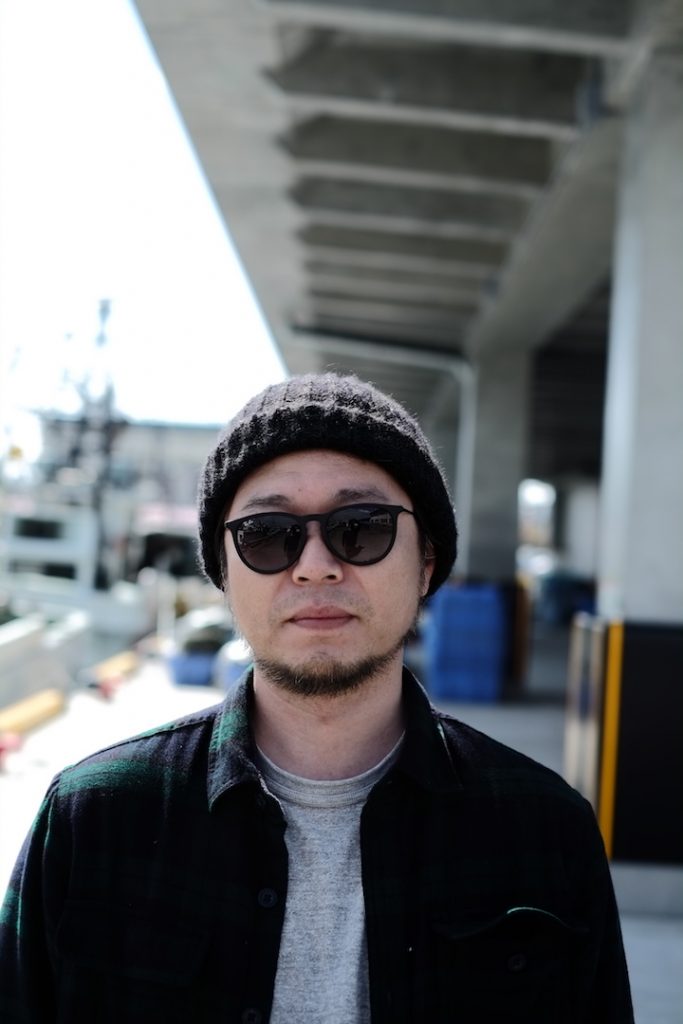
苫小牧の漁港にて
みんなまとめてどうもありがとう。
来年の研修旅行はどこかな?
Before visiting Nibutani I knew about the existence of the Ainu, but I didn’t know in detail about how they used to live. However, after visiting and learning about how the Ainu used to live I have developed a deep interest in Ainu culture. I saw that the Ainu lived “minimal” or “sustainable” lives. Today we are getting skeptical about capitalism and consumerism and moving on to like minimal or sustainable lifestyles. So we will be able to get a lot of hints from learning about their culture or spirit and their feeling of awe for mother nature. I highly recommend going there!





